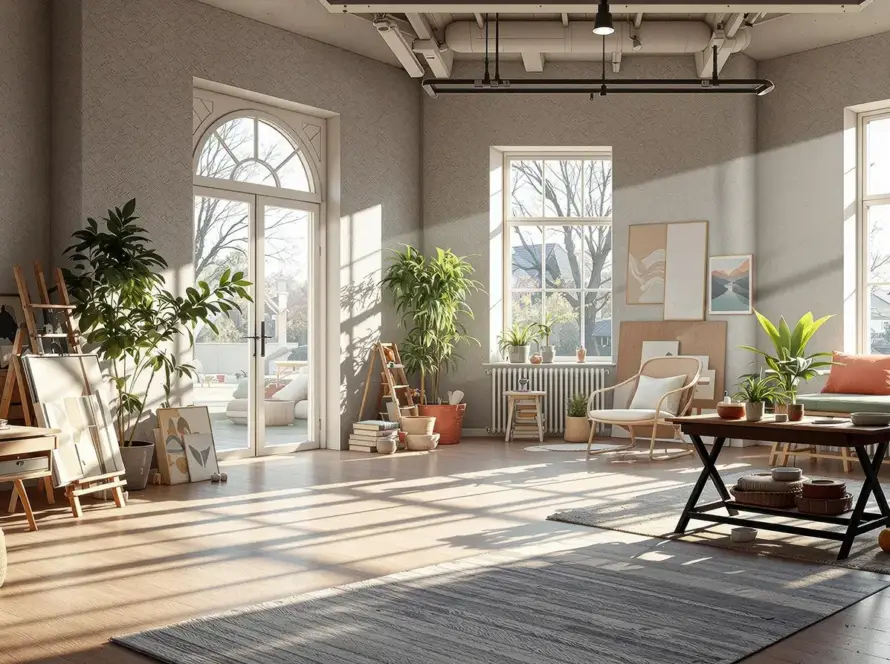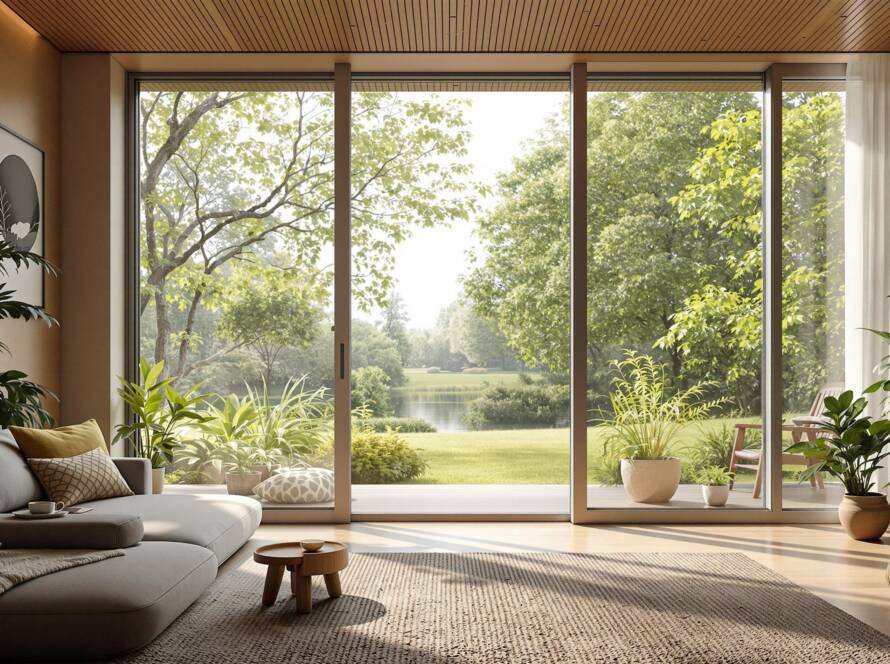Introduction to Award-Winning Dutch Interiors
Dutch interiors have long been renowned for their innovative and functional designs, often incorporating cutting-edge window and door solutions. In the Netherlands, where space is often limited, creative and efficient use of interior space is paramount. This article explores the innovative window and door designs that have earned Dutch interiors numerous awards, focusing on the unique characteristics and trends that set them apart.
Basic Concepts in Dutch Interior Design
Understanding the key concepts behind Dutch interior design is essential to appreciating the innovative window and door designs that are characteristic of award-winning Dutch interiors. These concepts include a focus on minimalism, sustainability, and functionality. Dutch designers often prioritize the use of natural light, innovative materials, and clever spatial planning to create interiors that are both aesthetically pleasing and highly functional.
Characteristics of Innovative Window Designs in the Netherlands
Innovative window designs in the Netherlands are characterized by their ability to maximize natural light, provide insulation, and often serve as a focal point in the room. Some key features include large glass surfaces, energy-efficient materials, and unique shapes that complement the architectural style of the building. These designs not only enhance the aesthetic appeal of the interior but also contribute to the energy efficiency and comfort of the space.
- Large glass surfaces to maximize natural light and views.
- Energy-efficient materials to reduce energy consumption and environmental impact.
- Unique shapes and designs that match or contrast with the building’s architectural style.
Trends in Dutch Door Designs
Dutch door designs have evolved to include a wide range of styles and materials, from traditional wooden doors to modern, sleek designs made from glass, steel, or innovative composite materials. A notable trend is the use of sliding doors and pocket doors, which help to save space and create a sense of openness in smaller interiors. Furthermore, the incorporation of technology, such as automated door systems and smart locks, enhances convenience and security.
- Sliding doors and pocket doors for space-saving solutions.
- Use of glass, steel, and composite materials for modern and sleek looks.
- Incorporation of automated systems and smart technology for enhanced functionality and security.
Practical Tips for Incorporating Innovative Window and Door Designs
To incorporate these innovative designs into your own home, consider the following practical tips:
- Assess your space and needs to determine the most suitable window and door designs.
- Consult with professionals to ensure that your designs are not only aesthetically pleasing but also functional and compliant with local building codes.
- Prioritize energy efficiency and sustainability when selecting materials and designs.
Case Studies of Award-Winning Dutch Interiors
Several Dutch interiors have garnered international attention and awards for their innovative use of space, materials, and window and door designs. These case studies offer valuable insights into how Dutch designers balance functionality with aesthetic appeal, often incorporating historical elements with modern innovations. By examining these successful projects, homeowners and designers can gain inspiration for their own renovations and new builds.
Conclusion: The Future of Dutch Interior Design
In conclusion, Dutch interiors continue to push the boundaries of innovative design, particularly in the realm of window and door solutions. As the Netherlands faces the challenges of climate change and urbanization, the emphasis on sustainable, functional, and aesthetically pleasing interiors will only grow. By embracing cutting-edge materials, technologies, and design philosophies, Dutch interiors are poised to remain at the forefront of global interior design trends, offering lessons and inspiration for homeowners and designers around the world.




